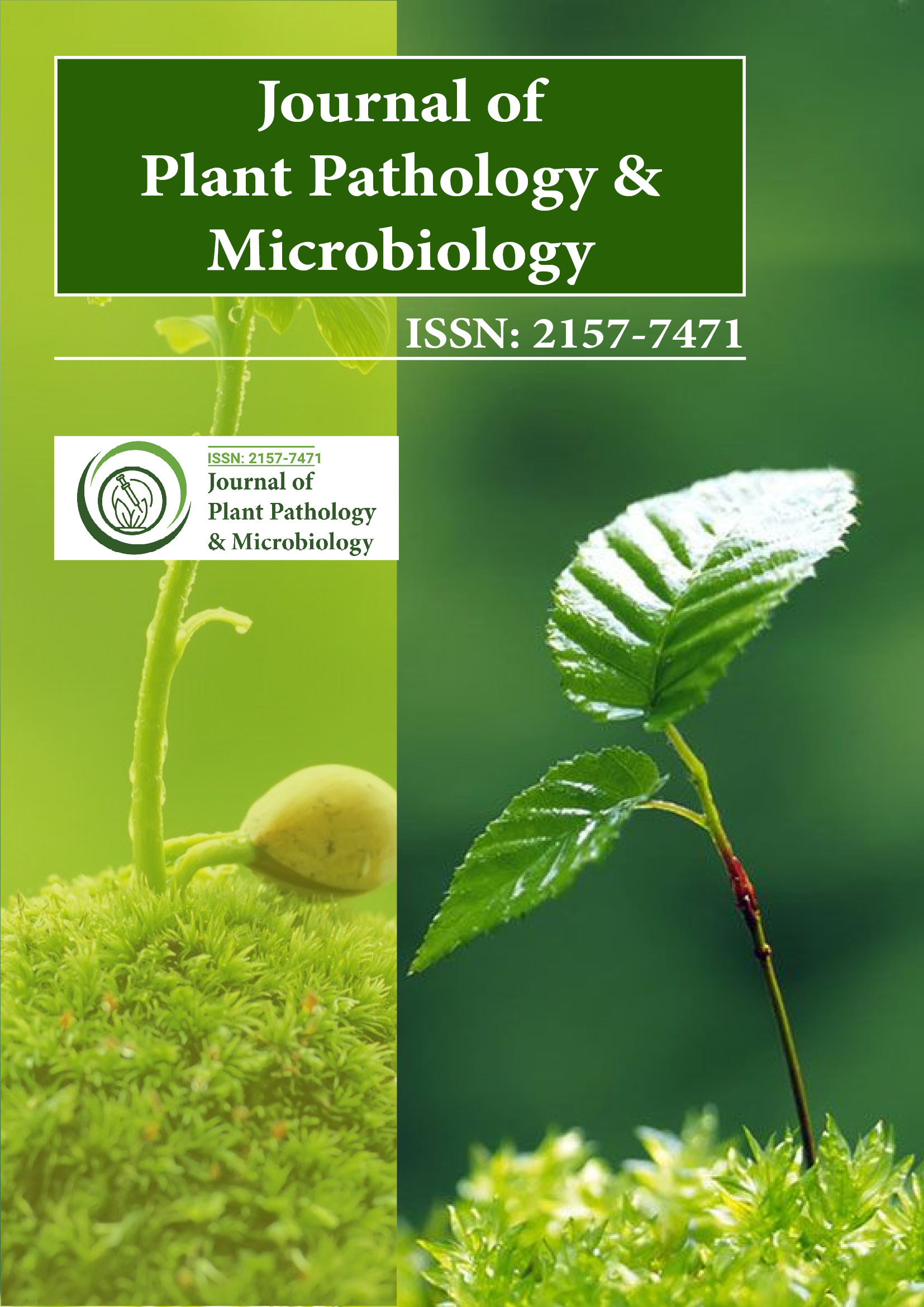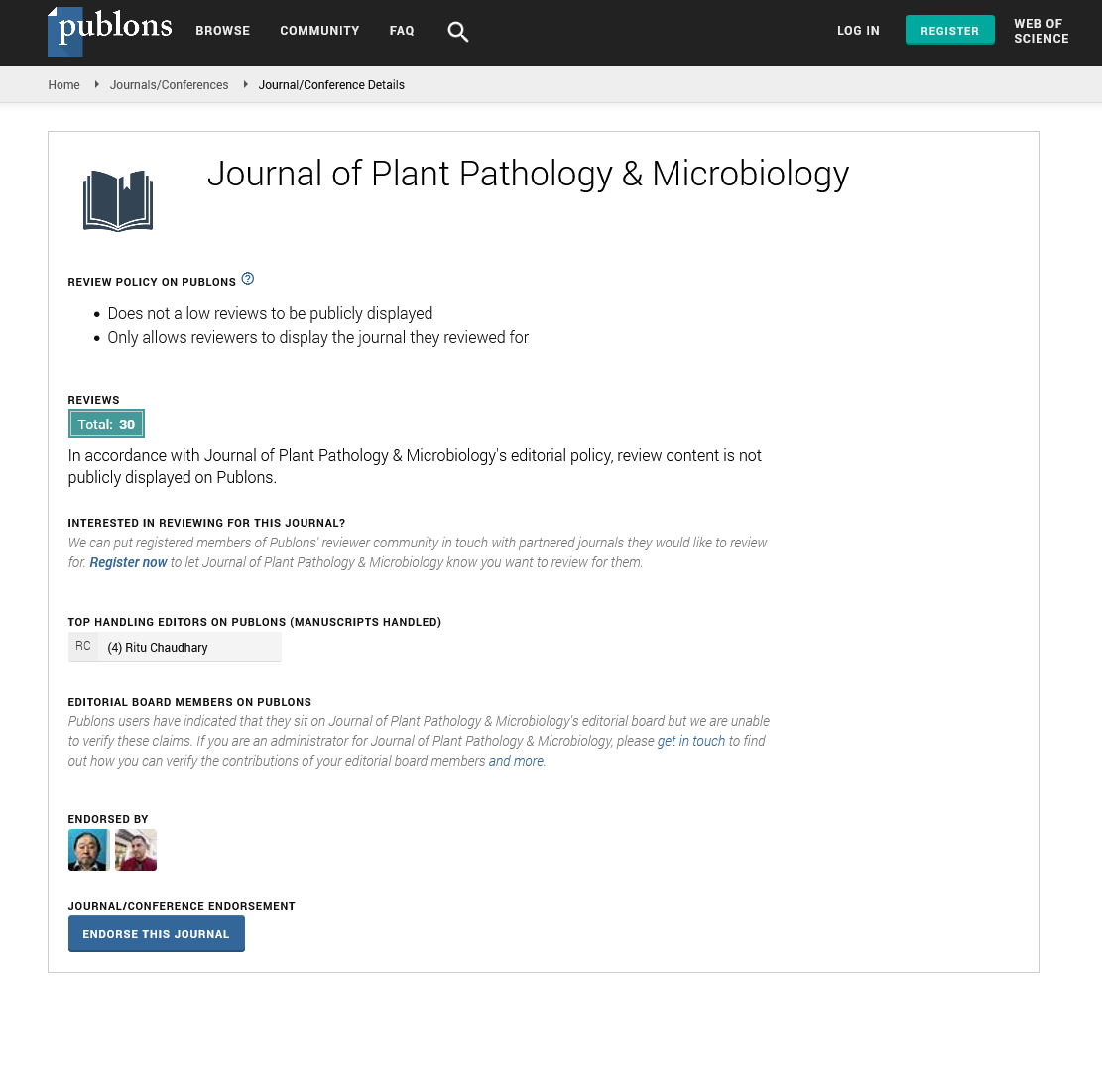Indexed In
- Open J Gate
- Genamics JournalSeek
- Academic Keys
- JournalTOCs
- CiteFactor
- Ulrich's Periodicals Directory
- Access to Global Online Research in Agriculture (AGORA)
- Electronic Journals Library
- Centre for Agriculture and Biosciences International (CABI)
- RefSeek
- Directory of Research Journal Indexing (DRJI)
- Hamdard University
- EBSCO A-Z
- OCLC- WorldCat
- Scholarsteer
- SWB online catalog
- Virtual Library of Biology (vifabio)
- Publons
- Geneva Foundation for Medical Education and Research
- Euro Pub
- Google Scholar
Useful Links
Share This Page
Journal Flyer

Open Access Journals
- Agri and Aquaculture
- Biochemistry
- Bioinformatics & Systems Biology
- Business & Management
- Chemistry
- Clinical Sciences
- Engineering
- Food & Nutrition
- General Science
- Genetics & Molecular Biology
- Immunology & Microbiology
- Medical Sciences
- Neuroscience & Psychology
- Nursing & Health Care
- Pharmaceutical Sciences
Opinion - (2025) Volume 16, Issue 2
Comparative Quantification of Cotton Leaf Curl Viruses in Infected Plant Tissues
David Jones*Received: 26-May-2025, Manuscript No. JPPM-25-29747; Editor assigned: 28-May-2025, Pre QC No. JPPM-25-29747 (PQ); Reviewed: 11-Jun-2025, QC No. JPPM-25-29747; Revised: 18-Jun-2025, Manuscript No. JPPM-25-29747 (R); Published: 25-Jun-2025, DOI: 10.35248/2157-7471.25.16.760
Description
Cotton Leaf Curl Disease (CLCuD) poses a serious threat to cotton production, particularly in South Asia, Africa, and parts of the Middle East. The disease is caused by a complex of begomoviruses and associated satellite molecules, transmitted by the whitefly Bemisia tabaci. Accurate quantification of the viral and satellite DNA is essential for understanding disease dynamics, evaluating resistance in cultivars, and developing effective management strategies. Real-time quantitative polymerase chain reaction (qPCR) provides a sensitive, rapid, and reproducible method for detecting and quantifying these pathogens. This article discusses the development and application of qPCR-based assays for the quantification of viruses and satellites associated with CLCuD in cotton.
Cotton is one of the most important commercial crops worldwide. However, its productivity is often limited by several biotic stresses, among which cotton leaf curl disease is particularly destructive. The disease is caused by monopartite begomoviruses (family Geminiviridae, genus Begomovirus) in association with satellite DNAs betasatellites and alphasatellites that enhance pathogenicity and influence disease symptoms. Traditional detection of begomoviruses and their satellites relies on Polymerase Chain Reaction (PCR), Southern blotting, and dot blot hybridization. While these techniques are useful for qualitative detection, they do not provide accurate quantification. Real-time quantitative PCR has emerged as a powerful tool for monitoring viral titers, assessing disease progression, and screening resistant germplasm.
Real-Time Quantitative PCR
Real-time quantitative PCR, also known as qPCR, amplifies DNA targets while simultaneously measuring the accumulation of amplification products. This is achieved using fluorescent dyes (e.g., SYBR Green) or probe-based systems (e.g., TaqMan). The quantification is typically expressed in terms of cycle threshold (Ct) values — the cycle number at which the fluorescence exceeds the background. The Ct value is inversely related to the amount of initial target DNA. By comparing Ct values to a standard curve, absolute or relative quantification can be achieved.
Primer and Probe Design for CLCuD Complex
Successful qPCR depends on the specificity and efficiency of primers and, when applicable, probes. The following considerations are applied in primer design. Primers must selectively amplify viral or satellite DNA, avoiding host genomic DNA or other begomoviruses. Sequences that are stable across multiple virus isolates are ideal for broad detection.
In TaqMan assays, a hydrolysis probe labeled with a fluorophore and quencher is included. The probe binds within the amplified region and is degraded during extension, releasing the fluorophore for detection.
Application in Field Studies
Real-time qPCR has been employed in several studies to quantify virus and satellite titers in different cotton cultivars. For instance, resistant lines often show significantly lower accumulation of both virus and betasatellite DNA compared to susceptible ones.
In vector transmission experiments, whiteflies fed on infected plants are collected, and DNA is extracted from pooled individuals. qPCR helps determine acquisition efficiency and retention time in the insect.
Additionally, transgenic lines expressing RNAi constructs or resistance genes can be evaluated by comparing pathogen titers in transgenic vs. control plants.
Real-time quantitative PCR has emerged as a vital technique for the detection and quantification of viruses and associated satellites responsible for cotton leaf curl disease. The method's precision, speed, and sensitivity make it indispensable for understanding disease progression, evaluating resistance, and designing management strategies. As cotton remains a cornerstone crop in many regions, adopting molecular tools such as qPCR will be essential in reducing the impact of CLCuD on production and livelihoods.
Citation: Jones D (2025). Comparative Quantification of Cotton Leaf Curl Viruses in Infected Plant Tissues. J Plant Pathol Microbiol. 16:760.
Copyright: © 2025 Jones D. This is an open-access article distributed under the terms of the Creative Commons Attribution License, which permits unrestricted use, distribution, and reproduction in any medium, provided the original author and source are credited.

